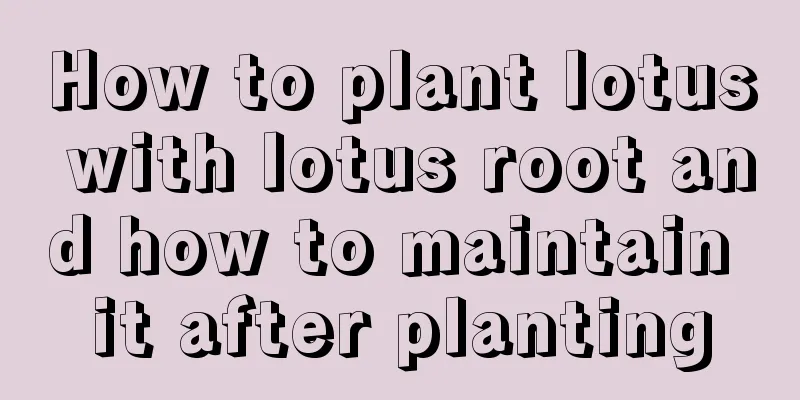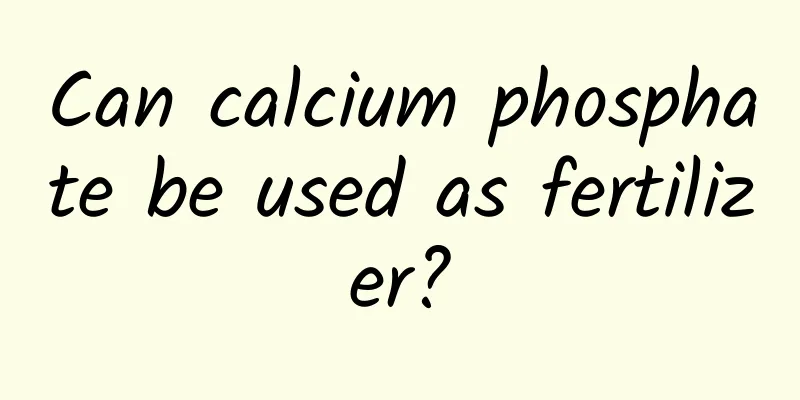Suitable soil for succulents

Fertile garden soilIt refers to the fertile soil in a vegetable garden or flower garden that has been improved, fertilized and carefully cultivated. It is a slightly acidic soil that has been broken and sieved, and has been free of weed roots, gravel and insect eggs. Leaf moldIt is leaf mold composed of dead branches, fallen leaves and rotten roots. It is rich in humus and has good physical properties, is conducive to fertilizer retention and drainage, and the soil is loose. Slightly acidic. It can also be made by piling up fallen leaves and fermenting them. Culture soilThe cultivation soil is formed by piling up a layer of green grass, dead leaves, broken branches and a layer of ordinary garden soil, pouring in decomposed cake fertilizer, letting it ferment and decompose, and then crushing and sieving it. Peat soilThe plants in the ancient lake and swamp areas were buried underground and decomposed into incomplete special organic matter under conditions of flooding and lack of air. Peat soil is rich in organic matter and is difficult to decompose. Coarse sandIt is mainly composed of sand particles with a diameter of 2-3 mm and is neutral. Coarse sand does not contain any nutrients and has ventilation and water permeability functions. mossIt is a thick, long, tensile-resistant plant material with the advantages of being loose, breathable and highly moisturizing. VermiculiteIt is a mica-like substance formed by heating silicate materials at 800-1100℃. It has good air permeability, large porosity and strong water holding capacity, but it tends to become dense after long-term use, affecting ventilation and drainage effects. PerliteIt is a natural aluminum-silicon compound, an expansion material formed by heating crushed igneous rock to above 1000℃, and has a closed porous structure. The material is lightweight and ventilates well. Soil recipes for succulentsGeneral type: 1 part each of fertile garden soil, peat soil, coarse sand and perlite. Lithops: 1 part fine garden soil, 1 part coarse sand, 1 part coconut bran, and a little rice husk ash. Root fine shape: 6 parts peat soil, 2 parts perlite, 2 parts coarse sand. For succulents with slower growth and fleshy roots: 6 parts coarse sand, 1 part vermiculite, 2 parts granular soil, and 1 part peat soil. Euphorbiaceae: 2 parts peat soil, 1 part vermiculite, 2 parts fertile garden soil, and 3 parts fine gravel. Small leaves: 2 parts of leaf mold, 2 parts of coarse sand, 1 part of rice husk charcoal. Stem shape: 2 parts of leaf mold, 2 parts of coarse sand, 1 part each of loam, rice husk charcoal, and broken brick slag. Spherical thorny plants: Use a mixture of fertile garden soil, leaf mold, coarse sand, a small amount of bone meal and dry cow dung. Epiphytic cactus: Use a mixture of leaf mold or peat soil, coarse sand and a small amount of bone meal. Columnar cactus: Use a mixture of potting soil, coarse sand and a small amount of bone meal. Soil preparation demonstrationSucculent plants in generalHalf of succulents prefer a mixture of garden soil, peat soil, coarse sand and perlite in a 1:1:1:1 ratio. This mixed soil contains a certain amount of humus and has good drainage, which is suitable for the growth requirements of most succulents. Slow-growing succulents with fleshy rootsSucculents with slower growth and fleshy roots do not require much humus, but do need good aeration and drainage. Therefore, a mixture of coarse sand, vermiculite, granular soil and peat soil in a ratio of 6:1:2:1 is most suitable. The potting soil for succulents is generally required to be loose and breathable, with good drainage and containing an appropriate amount of humus, with neutral soil being preferred. However, a few succulents, such as Sansevieria, Desert Rose, Senecio, Alopecuroides, and Haworthia, require slightly alkaline soil, while the Aizoaceae genus Anemone prefers alkaline soil. All cultivation soils must be strictly disinfected before use. When using, spray water on the cultivation soil, stir evenly, and adjust the soil moisture before potting. |
<<: What kind of flower pot is suitable for succulent plants
Recommend
Planting method and time of Tianjin onion seedlings
As one of the common vegetables in daily life, th...
Can Black Mage be hydroponically cultivated?
Black magic can be hydroponically cultivated Blac...
Environmental conditions and characteristics of birch growth
Environmental conditions and requirements for bir...
Is asparagus fern easy to grow? (Introduction to cultivation methods)
1. Is it easy to raise? It has good adaptability....
How to germinate old roses
1. Promote the growth of new roots If you want an...
What is peat soil
Introduction to Peat Soil Peat soil is the produc...
Planting time and method of Cangzhu
Planting time of Cangzhu Cangzhu likes a warm env...
What flowers are suitable for growing in Beijing? What are the city flowers and trees?
1. Beijing's climate characteristics Beijing ...
Such a cute succulent! You are so ugly!
Green Halo The green halo rings were so cute when...
The efficacy and function of yam
The efficacy of yam When it comes to the nourishi...
Can pregnant women eat day lily? How to make it delicious
1. Can I eat it? Pregnant women can eat day lily....
How to water jasmine in spring
1. Watering time Spring is the time when plants b...
What flowers are best to grow indoors? What should I pay attention to?
1. What flowers are best to grow? 1. Easy to main...
How often should potted lilies be watered?
1. How often should I water? Lily plants prefer a...
Plantings that will not worry about sales in 2022 (What planting industry has the best prospects and is easy to sell)
What to plant in 2022? If you want to earn higher...









